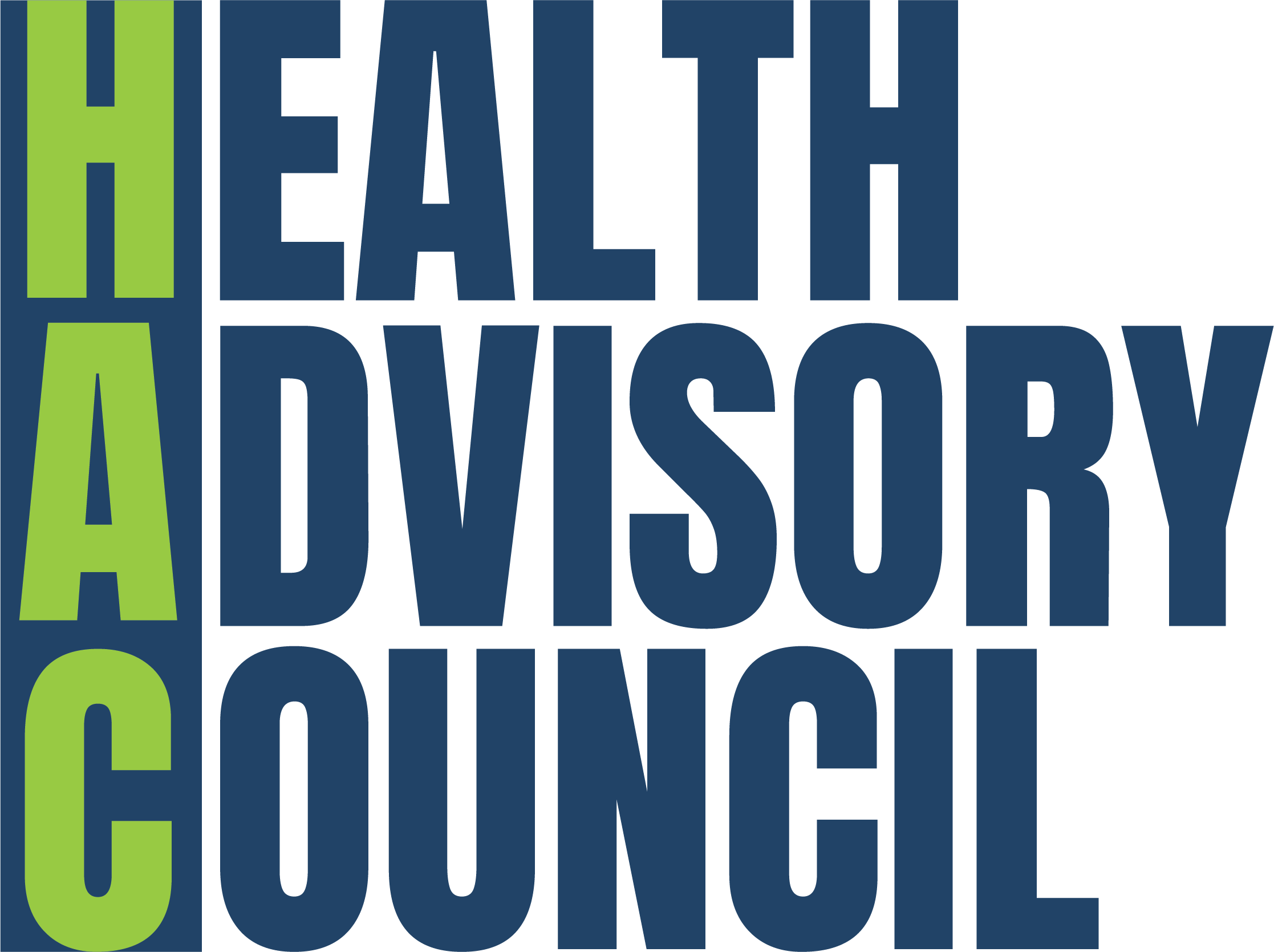What you need to know about your health insurance benefits – National Consumers League
 It’s no secret that choosing a health insurance plan isn’t as easy as ordering at a restaurant. Even after purchasing a plan, actually understanding what exactly you’ve purchased is yet another stressful task. Health insurance can confuse even the savviest consumers. Read on for a few tips every consumer should know when it comes to health insurance benefits.
It’s no secret that choosing a health insurance plan isn’t as easy as ordering at a restaurant. Even after purchasing a plan, actually understanding what exactly you’ve purchased is yet another stressful task. Health insurance can confuse even the savviest consumers. Read on for a few tips every consumer should know when it comes to health insurance benefits.
Your health plan most likely offers essential health benefits.
All plans purchased through the Affordable Care Act (ACA) marketplace and the majority of health plans provided by employers are required to provide a core group of medical services called essential health benefits. These services include:
- Ambulatory patient services
- Emergency services
- Hospitalization
- Pregnancy, maternity, and newborn care
- Mental health and substance use disorder services, including behavioral health treatment
- Prescription drugs
- Rehabilitative and habilitative services and devices
- Laboratory services
- Preventive and wellness services and chronic disease management
- Pediatric services, including oral and vision care
To find the full list of services your plan covers and how much those services cost, check your Summary of Benefits and Coverage (SBC). You can request a copy of this document through your insurance company or access it via your online account through your insurance provider’s website.
Staying in network will save you money.
Visits to health care providers or facilities within your plan’s network are generally much cheaper than visits to out-of-network providers or facilities. The type of insurance policy you have plays a role in who participates in your plan’s network and how much you will pay if you choose to visit an out-of-network provider not covered by your plan. For example, HMO (Health Maintenance Organization) plans require you to select one primary care physician who will coordinate all of your health care services. With this plan, out-of-network providers are typically not covered at all, expect for true medical emergencies.
On the other hand, PPO (Preferred Provider Organization) plans allow you to visit any provider or specialist, in-network or out-of-network, and without a referral. Though your PPO plan may cover your out-of-network visit, you will pay more out-of-pocket for those services. Regardless of the type of plan you enroll in, be mindful of the providers in your network, as it can have a huge effect on your out-of-pocket costs.
All qualified health plans have cost-sharing limits.
All qualified health plans have an out-of-pocket maximum, which is the most you have to pay personally for covered services over the course of a year. All the money you pay for your deductible, coinsurance, and copays (but not premiums) goes toward your out-of-pocket maximum. Once you reach this limit, your insurance plan pays 100 percent for all covered medical services. Understanding how all potential out-of-pocket costs work together can be a little complicated, so here’s an example:
- Suppose you are in a serious accident and have acquired $30,000 in medical expenses. Your health insurance plan offers a $2,000 deductible, 20 percent coinsurance, and a $5,000 out-of-pocket maximum for the year.
- You would first be responsible for paying your deductible ($2,000).
- After paying your deductible, you are responsible for your 20 percent coinsurance on the remaining $28,000 until you reach your out-of-pocket maximum.
- Since 20 percent of $28,000 is $5,600, you would only be responsible for paying an additional $3,000 since your out-of-pocket maximum is $5,000. Your insurance plan would then pay 100 percent for all covered medical services thereafter.
Be on the lookout for new resources from the National Consumers League (NCL) and America’s Health Insurance Plans (AHIP) to help consumers choose and get the most out of their health insurance benefits.



 With the Affordable Care Act (ACA) becoming law in 2010, more Americans now have access to health care coverage than ever before. However, many consumers are still puzzled about how to select a plan, what services are covered, or why they need health insurance altogether. If health insurance talk leaves you disillusioned or just plain confused, don’t give up. Below, we answer five of the most commonly asked consumer questions about health insurance.
With the Affordable Care Act (ACA) becoming law in 2010, more Americans now have access to health care coverage than ever before. However, many consumers are still puzzled about how to select a plan, what services are covered, or why they need health insurance altogether. If health insurance talk leaves you disillusioned or just plain confused, don’t give up. Below, we answer five of the most commonly asked consumer questions about health insurance. 













